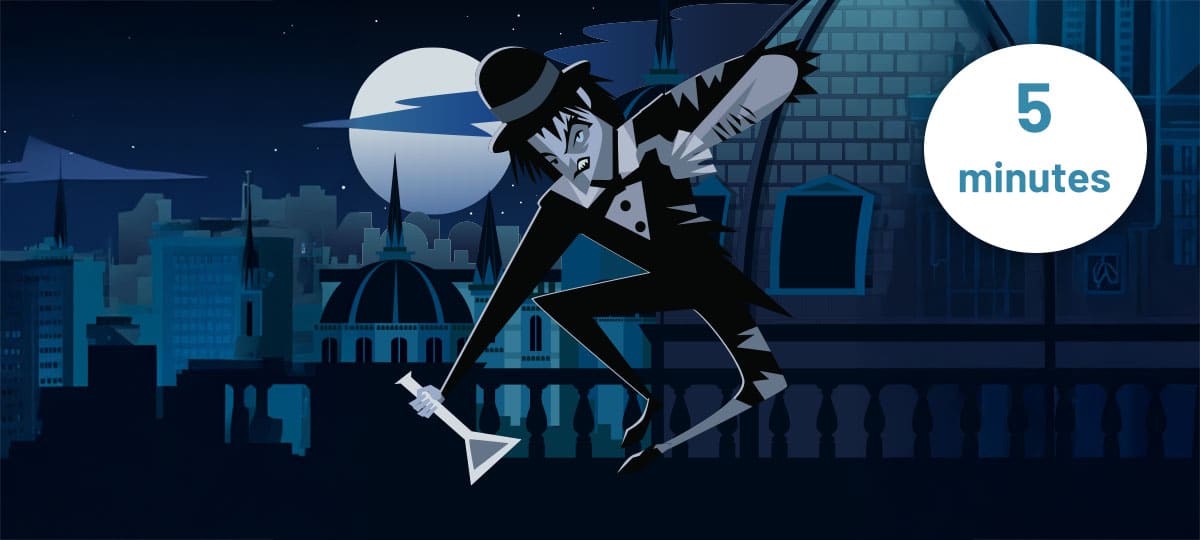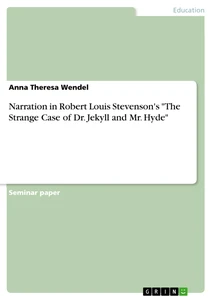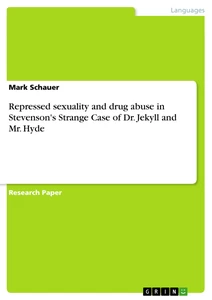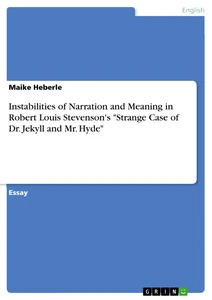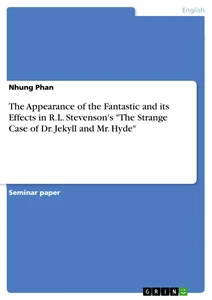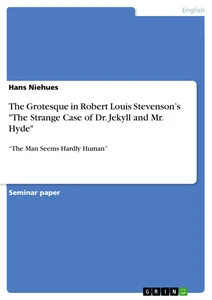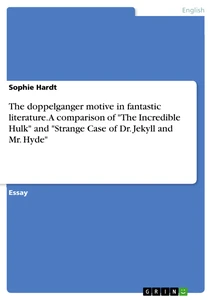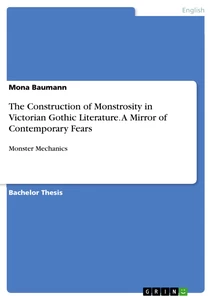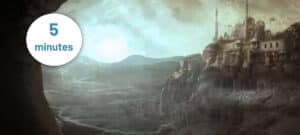<b>[openpublishing template="presentation" get_by_id="208470"] : </b></br>https://api.openpublishing.com/resource/v2/document.208470[:basic,non_academic.realm_genres.*]&cache=yes
<b>[openpublishing template="presentation" get_by_id="230260"] : </b></br>https://api.openpublishing.com/resource/v2/document.230260[:basic,non_academic.realm_genres.*]&cache=yes
<b>[openpublishing template="presentation" get_by_id="1187627"] : </b></br>https://api.openpublishing.com/resource/v2/document.1187627[:basic,non_academic.realm_genres.*]&cache=yes
<b>[openpublishing template="presentation" get_by_id="424630"] : </b></br>https://api.openpublishing.com/resource/v2/document.424630[:basic,non_academic.realm_genres.*]&cache=yes
<b>[openpublishing template="presentation" get_by_id="323798"] : </b></br>https://api.openpublishing.com/resource/v2/document.323798[:basic,non_academic.realm_genres.*]&cache=yes
<b>[openpublishing template="presentation" get_by_id="931130"] : </b></br>https://api.openpublishing.com/resource/v2/document.931130[:basic,non_academic.realm_genres.*]&cache=yes
<b>[openpublishing template="presentation" get_by_id="944648"] : </b></br>https://api.openpublishing.com/resource/v2/document.944648[:basic,non_academic.realm_genres.*]&cache=yes
First things first:
- Jekyll transforms into Mr. Hyde using a mysterious potion.
- Hyde represents the embodiment of the evil side of Jekyll’s soul.
- The story explores the duality of human nature and the limits of science and morality.
- The theme of a split personality frequently appears in pop culture.
Robert Louis Stevenson’s novella Strange Case of Dr. Jekyll and Mr. Hyde, first published in 1886, is one of the most iconic works of English literature, defining the genre of gothic fiction. The motif of a split personality and the “evil alter ego” has become one of the most widespread themes in pop culture, influencing characters such as the Hulk, Two-Face from Batman, and the titular character in The Mask.
Summary
While on a walk, Mr. Enfield tells his friend and lawyer, Mr. Utterson, about a horrifying incident where a sinister figure, Mr. Hyde, trampled a young girl. After being confronted by Enfield, Hyde disappeared behind a door and returned with a check to compensate the girl. However, the check was signed by a reputable London gentleman. Following a brief discussion, Enfield and Utterson agree not to speak further about the matter.
Utterson, unsettled by the story, starts having nightmares about a faceless figure roaming through a hellish version of London. Knowing the identity of the check’s signer—his friend and client, Dr. Jekyll—Utterson examines Jekyll’s will, discovering that all his possessions are unconditionally bequeathed to Hyde. That same evening, Utterson visits Jekyll and then their mutual friend, Dr. Lanyon, seeking answers. Lanyon, however, reveals that he has broken off contact with Jekyll after a disagreement over his scientific research.
Determined to uncover the truth, Utterson begins watching the door Hyde disappeared through, eventually discovering that it leads to a laboratory attached to the rear of Jekyll’s home. One night, Utterson finally encounters Hyde and speaks to him despite his inexplicably repulsive appearance. Hyde willingly provides his address and disappears into the house. When Utterson later visits Jekyll, his friend asks him to please leave the matter alone.
A year passes without a further incident until a maid witnesses Sir Danvers Carew, a parliamentarian and Utterson’s client, being brutally beaten to death. Utterson suspects Hyde as the murderer and provides the police with his address. However, when they raid Hyde’s home, the suspect is nowhere to be found. Visiting Jekyll shortly after, Utterson is told that Jekyll has severed all ties with Hyde, evidenced by a letter of apology from Hyde himself. Yet, Utterson’s clerk notices an uncanny similarity between Hyde’s handwriting and Jekyll’s.
In the months that follow, Jekyll appears rejuvenated and happy but soon isolates himself entirely in his laboratory and refuses any visitors. Dr. Lanyon, deeply shaken after a visit from Jekyll, dies suddenly but leaves Utterson a letter to be opened only upon Jekyll’s death. On another walk, Utterson and Enfield spot Jekyll at the window of his lab. As they converse, Jekyll’s face suddenly contorts into a horrific grimace before he slams the window shut. Shortly thereafter, Jekyll’s butler, Mr. Poole, visits Utterson, expressing concern for his employer, who has locked himself in his laboratory and his staff suspect that someone has killed him there. Poole and Utterson break in, only to find Hyde, wearing Jekyll’s clothes, dead from an apparent suicide. They also discover letters addressed to Utterson, which he takes home to read.
There, he first opens Lanyon’s letter, which explains that his death was caused by the shock of witnessing Hyde drink a potion and transform into Dr. Jekyll. In Jekyll’s letter, Utterson learns of the experiments the doctor conducted to separate the good and evil within the human soul. He ultimately succeeded and was able to transform himself into the remorseless Mr. Hyde using a potion. Initially, Jekyll enjoyed the freedom that came with this transformation, but he soon realized that the separation was incomplete, and he began to transform into Hyde uncontrollably at night. During one of these nights, Hyde committed the murder of Sir Danvers Carew.
Jekyll attempted to stop the transformations, but he suddenly began turning into Hyde even during the day, prompting him to seek Lanyon’s help. However, Lanyon died from the shock of witnessing the transformation. Jekyll required increasing amounts of the potion to return to his original form, and when his supply ran out, he wrote his final letter, knowing he would soon permanently become Hyde. He wondered whether Hyde would face execution for his crimes or take his own life to avoid capture. Thus, the letter—and the story—comes to an end.
Main characters
Mr. Gabriel John Utterson
- Respected lawyer
- Rational and dismissive of the supernatural
- Nevertheless, curious about the dark sides of life
- Tries to unravel the mystery of Dr. Jekyll and Mr. Hyde
Mr. Richard Enfield
- Distant relative of Mr. Utterson
- Like Utterson, restrained and formal
- Reports on Mr. Hyde for the first time
Dr. Henry Jekyll
- Popular and wealthy doctor
- Indulged in vices during his youth
- Experiments to separate his good side from his evil side → brings Mr. Hyde to life
Mr. Edward Hyde
- A strange, terrifying man
- Has an repulsive and deformed appearance
- Violent, cruel, short-tempered and unbridled
- Represents Jekyll’s dark side, ultimately overpowering him
Dr. Hastie Lanyon
- Respected London doctor
- Colleague and good friend of Dr. Jekyll
- Embodiment of rationalism, materialism and skepticism
- His death symbolizes the victory of the supernatural over materialism
Themes and interpretations
“Strange Case of Dr. Jekyll and Mr. Hyde” delves into the duality of human nature and the ethical limits of scientific inquiry. The novella portrays how Jekyll’s quest to separate good from evil leads to the loss of his identity and descent into ruin. The narrative explores not only the internal struggle between moral and immoral impulses but also the perils of unrestrained experimentation. Against the backdrop of Victorian society, the story critiques the suppression of human desires and the fragmentation of personality, raising profound questions about human nature, morality, and identity—questions that remain relevant today.
Our recommendations:
Sources:
- Stevenson, Robert Louis. [1886] 1997. The Strange Case of Dr. Jekyll and Mr. Hyde. Reclam Universal Library, Volume 9167.
- Sparknotes “Dr. Jekyll and Mr. Hyde”
- Wikipedia “The Strange Case of Dr. Jekyll and Mr. Hyde”
Frequently asked questions
Edward Hyde is the dark side of Dr. Jekyll brought on by the serum. Violent, uneducated and uncontrollable, Hyde represents the repressed and dark areas of Jekyll’s personality.
Yes, Jekyll remembers everything he did as Hyde.
Jekyll needed larger and larger quantities of the potion to transform back and when he ran out of potion, he wrote a farewell letter, knowing that he would soon permanently transform into Hyde – an idea that was unbearable for him. He therefore committed suicide.
Hyde is Jekyll’s evil side. He is smaller and younger than Jekyll, suggesting that Dr. Jekyll’s good side is bigger than his evil side and that his evil side developed later in life than the good side.
Do you like our magazine? Then sign up for our GRIN newsletter now!
